Sometimes, a food becomes trendy based on health claims that, as it turns out, the food can’t really support. Here’s a look at a few superfoods that aren’t so super — and suggest some alternatives that are healthier, cheaper or both.
Pictures: Dave Pickersgill, Christian Guthier, Ken Bosma, Koshy Koshy, papagaio-pirata
Now, as a fan of all food, I want to be clear that all of these are delicious and many are nutritious, so it’s not like you have to stop eating them if you love them. These foods made the list because they tend to be hyped with health claims. In each case, either the food’s nutritional information doesn’t support the claim, doesn’t support it as well as other, less-hyped foods, or the food has other health concerns that make it less than virtuous.
Quinoa
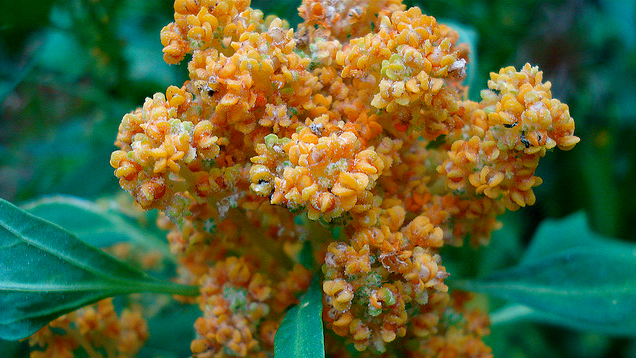
If you think quinoa is “one of the most protein-rich foods we can eat”, you’ve been suckered. A full cup of cooked quinoa has just eight grams of protein, or slightly more than a single hard-boiled egg. That’s more than a cup of rice, sure (4 grams) but nowhere near a cup of lentils (18 grams) much less the 43 grams of protein in a cup of chopped chicken breast.
Part of quinoa’s claim to protein fame is that it is a “complete” or “high quality” protein, which just means that it contains all nine of the amino acids we need in our diet. Vegetarians used to worry about whether they were getting enough complete protein, but that turned out to be an overblown fear. As long as you’re eating a varied diet, you’ll get all the amino acids you need.
What to eat instead: If you just want protein, have a steak or something. If you specifically want a high-protein grain or pseudograin that your friends aren’t cool enough to have heard of yet, quinoa is a fine option but you could also kick it up a notch and try spelt or teff or amaranth.
Agave Nectar
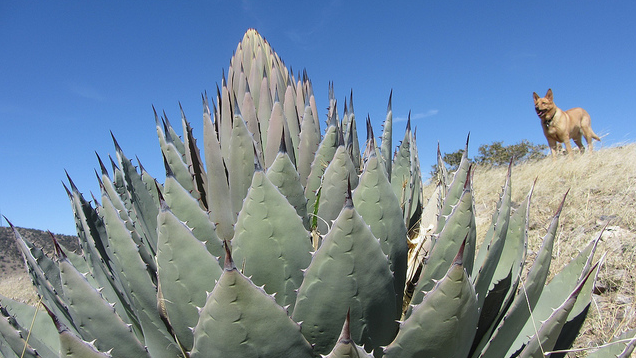
The sweet liquid that tequila is made from can also be boiled down into a syrup that boasts a low glycemic index. Low GI foods mean that your blood sugar (glucose) doesn’t rise very much when you eat it. On paper, that makes it look like a better choice than sugar or honey, especially if you’re diabetic or worried that you might be headed in that direction.
The problem: Agave nectar achieves that feat by simply not containing any glucose. Instead, it’s made of another type of sugar, fructose (the same fructose that’s vilified in high fructose corn syrup.) The details are still under scientific debate, but there’s some evidence that fructose is worse for you than glucose or other sugars. Either way, it’s still a sugar, and sugars in general are linked to all kinds of health problems.
What to eat instead: Sugar, honey and maple syrup are no worse for you than agave, and many are cheaper. For real health benefits, just stop eating so much sugar. (Sorry, but it’s true.)
Coconut Water
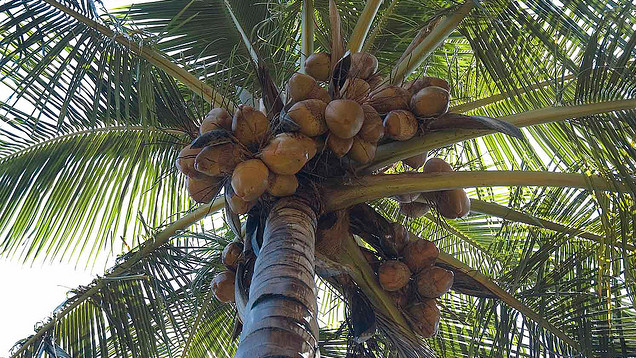
It’s known for two things: hydrating you better and more “naturally” than sports drinks, and inspiring deep divides between the people who love it and the people who hate it. (I’m firmly in the “love” camp, especially if I can get the kind with little squares of coconut pulp in it.)
But does it really substitute for a sports drink? Coconut water is high in potassium, and low in sodium and calories. An athlete’s top needs from a sports beverage, besides water, are…sodium and calories. You sweat out far more sodium than potassium, so drinking coconut water, unless you’re using it to wash down some salty potato chips, is kind of a bust.
What to drink instead: For a short workout, water. (You’ll replace the electrolytes when you eat your next meal.) For a long sweaty workout, Gatorade is a fine choice, or you can have water alongside salty snacks. You can also make homemade electrolyte drinks.
Acai Berries
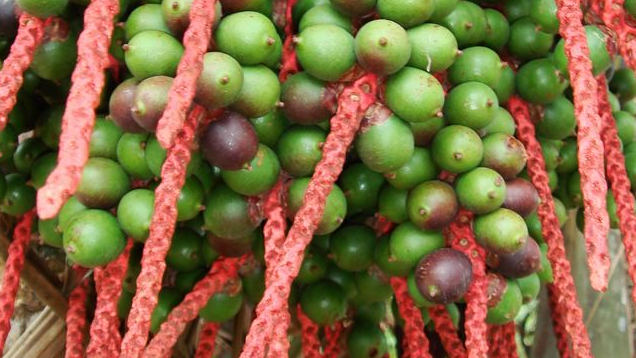
Acai berries have both the hallmarks of a classic superfood: they were obscure until recently, and they have a high antioxidant content. (They also carry a made-up association with weight loss, but no need to discuss that further: it’s a myth popularised by a scam diet.) So why not buy the juice with acai in it, the yoghurt with acai in it, or maybe a bag of acai powder to add to your smoothies?
Antioxidants neutralise free radicals, and free radicals are associated with cancer, so anything with antioxidants tends to get a health halo. But it doesn’t follow that antioxidant-rich foods are always good for you — in fact, a few studies have shown health risks to taking large amounts of antioxidant vitamins. What’s more, antioxidants are a large family of compounds that each have different potential effects on health. Just knowing that a certain substance can neutralise a lot of free radicals doesn’t guarantee it will be good for your health.
And here is where acai’s superfood standing gets yanked. Many fruits have antioxidants, but acai berries’ claim to fame was their sky-high ORAC value, a score indicating antioxidant capacity. But there turned out to be no meaningful link between ORAC values and health. The USDA took down their ORAC database years ago for this reason. A placeholder page now states:
The data for antioxidant capacity of foods generated by in vitro (test-tube) methods cannot be extrapolated to in vivo (human) effects and the clinical trials to test benefits of dietary antioxidants have produced mixed results. We know now that antioxidant molecules in food have a wide range of functions, many of which are unrelated to the ability to absorb free radicals.
Antioxidant-containing foods are still often good for you, but not necessarily because of their antioxidant content. Without ORAC, there is no ranking by which acai berries can be said to be better or healthier than, say, blueberries, which contain similar compounds.
What to eat instead: You probably weren’t eating acai berries to begin with; you were probably buying iced tea or salad dressing or lotion with a small amount of acai in it. (Pro tip: don’t eat the lotion.) So, go ahead and buy whichever of those products you would have chosen if it weren’t for the word “acai” on the label.
If you really want more antioxidants in your diet and want to lower your risk of cancer, almost any fruits and vegetables will do (partly because we don’t really have enough evidence to point out specific ones). Blackberries, tomatoes, kale, you get the idea. If you’re stuck on ORAC values and are in the juice aisle, don’t forget that plain old concord grape juice, the kind you guzzled as a kid, scores higher than acai juice.
Lifehacker’s Vitals column offers health and fitness advice based on solid research and real-world experience.
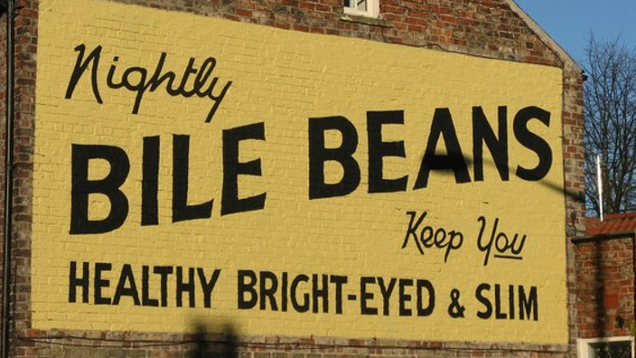
Comments